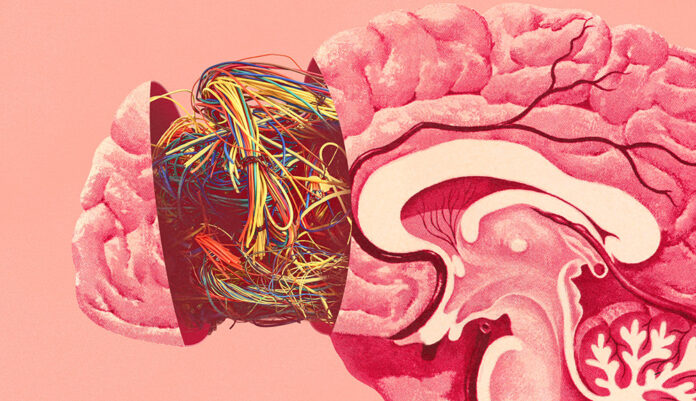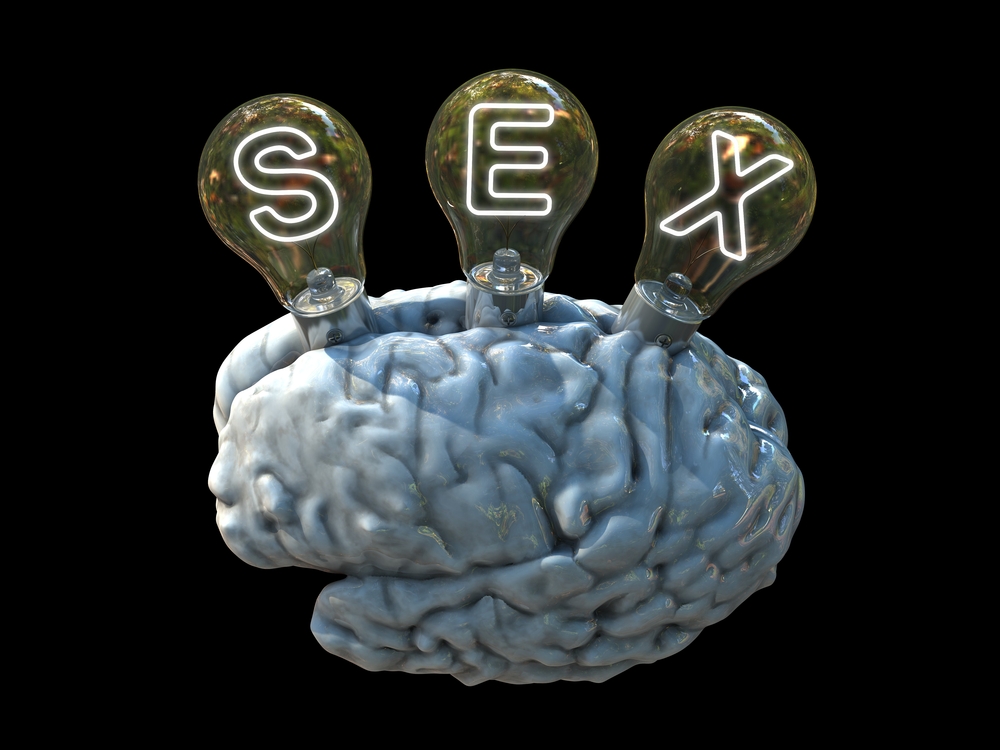
In the digital age, where information flows ceaselessly and boundaries between reality and virtuality blur, pornography has emerged as a formidable force influencing human perception and behavior. This article delves into the intricate interplay between pornography and its impact on our cognition, relationships, and society.
As an expert in this field, I will meticulously explore the multifaceted dimensions of this phenomenon, dissecting its effects from the perspectives of neuroscience, psychology, relationships, societal dynamics, and ethics. From the neural responses triggered by sexual stimuli to the ethical debates surrounding its consumption, this article aims to shed light on how pornography shapes our lives in ways both overt and subtle.
Table of Contents
The Neuroscience of Sexual Stimuli

In the vast landscape of digital content, sexual stimuli take a prominent role due to their profound impact on the human brain. Neuroscientists have discovered that the brain responds to sexual imagery with activations in areas associated with reward, motivation, and pleasure.
The nucleus accumbens, a key player in the brain’s reward circuitry, becomes particularly active when exposed to sexual content. This heightened activity is akin to the response triggered by addictive substances, underpinning the notion that pornography can be habit-forming.
Shaping Perceptions of Intimacy
Pornography’s portrayal of sexual encounters can significantly shape how individuals perceive intimacy and relationships. The exaggerated, often unrealistic depictions of sexual experiences in pornography may lead to distorted expectations of real-world encounters. Such misaligned perceptions can contribute to relationship dissatisfaction, as individuals may find it challenging to bridge the gap between fantasy and reality.
The propensity to compare one’s partner to the idealized figures in pornography can erode genuine emotional connections, fostering a mindset that values novelty over emotional intimacy. If you want realism while utilizing technology for your needs, live content at RabbitCams is there to entertain you.
From Fantasy to Reality: Influence on Relationships
The influence of pornography extends beyond individual perceptions to the realm of relationships. Research suggests that frequent consumption of pornography can correlate with lower relationship satisfaction and higher rates of infidelity. This phenomenon can be attributed to a range of factors, including unrealistic expectations set by pornographic portrayals, desensitization to partner attractiveness, and the objectification of individuals.
The lines between personal desires and shared experiences can blur, making it imperative for couples to navigate the complexities of modern relationships in an era inundated with explicit imagery.
Social Dynamics and Sexual Objectification

One of the more concerning consequences of widespread pornography consumption is the perpetuation of sexual objectification. The portrayal of individuals as mere instruments of pleasure reinforces harmful stereotypes and normalizes the reduction of human beings to their physical attributes.
This objectification can contribute to an environment where consent and respect are compromised. Moreover, it can lead to the devaluation of personal agency and bodily autonomy, fueling a culture that prioritizes gratification over empathy and connection.
Psychological Desensitization and Escalation
As the consumption of pornography becomes increasingly accessible, the potential for desensitization to explicit content looms large. The phenomenon of “pornographic desensitization” suggests that repeated exposure to extreme content can lead to diminished arousal and heightened tolerance.
Consequently, individuals may seek out more explicit and unconventional material to achieve the same level of excitement, inadvertently escalating their consumption and potentially blurring the boundaries between acceptable and extreme behavior.
Addressing Concerns: Media Literacy and Education
In a world where pornography is just a few clicks away, addressing the concerns surrounding its impact necessitates a comprehensive approach. Media literacy and sexual education play pivotal roles in helping individuals critically engage with explicit content.
By fostering an understanding of the difference between fiction and reality, as well as promoting healthy attitudes towards intimacy, education can empower individuals to navigate the digital landscape responsibly and make informed choices about their consumption habits.
Cultural and Ethical Perspectives on Pornography
The cultural and ethical dimensions of pornography are as diverse as the societies that grapple with its implications. Views on pornography span a wide spectrum, ranging from advocates who champion sexual liberation to critics who decry its potential to perpetuate harmful dynamics. Ethical concerns often revolve around consent, exploitation, and the portrayal of marginalized groups. Engaging in thoughtful dialogue that respects differing viewpoints is crucial to crafting policies that balance individual freedom with societal well-being.
Navigating Digital Age Challenges: Parenting and Youth

The digital age presents a unique set of challenges for parents and guardians striving to educate and protect their children. The ubiquity of pornography online necessitates open conversations about sexuality and consent.
Initiating age-appropriate discussions and imparting media literacy skills can empower young people to navigate the online world responsibly. Additionally, implementing technological safeguards can help mitigate accidental exposure to explicit content, creating a safer digital environment for adolescents.
Future Research and Implications
As technology continues to evolve, so does the landscape of pornography consumption and its effects. Researchers are uncovering new dimensions of how explicit content influences cognitive processes, relationships, and societal norms.
Future studies should delve into the long-term effects of pornography on mental health, relationships, and intimacy. Moreover, investigating how different forms of media literacy interventions impact attitudes and behaviors can provide insights into effective strategies for mitigating potential negative effects.
The Role of Technology in Shaping Pornographic Consumption
Technology has not only enabled the widespread availability of explicit content but has also shaped how it is consumed. The rise of virtual reality (VR) and augmented reality (AR) platforms has introduced new avenues for immersive sexual experiences.
The potential for VR to blur the lines between virtual and real encounters raises questions about consent, emotional detachment, and the boundaries of human connection. The integration of technology into sexual experiences further underscores the need for ongoing research and ethical discussions.
Effects on Self-Image and Body Perception

The impact of pornography extends beyond the realm of relationships to individual self-perception. Studies suggest that exposure to idealized bodies and unrealistic sexual scenarios can contribute to negative body image and self-esteem issues, particularly among adolescents.
The constant exposure to unattainable physical ideals can foster feelings of inadequacy and self-doubt. Recognizing the connection between pornography and body image is pivotal in cultivating a society that values diverse bodies and promotes self-acceptance.
Conclusion
Pornography’s influence on perception and behavior is undeniable. From its impact on neural pathways to its role in shaping intimacy, relationships, and societal dynamics, the pixels of passion extend their reach into various facets of the human experience. As we navigate the complex intersection of technology, psychology, and culture, it becomes crucial to engage in meaningful conversations, promote media literacy, and embrace evolving research.
By understanding the nuanced ways in which pornography shapes our lives, we can strive for a future where intimacy is characterized by authenticity, respect, and empathy, unburdened by the distortions of explicit imagery.







